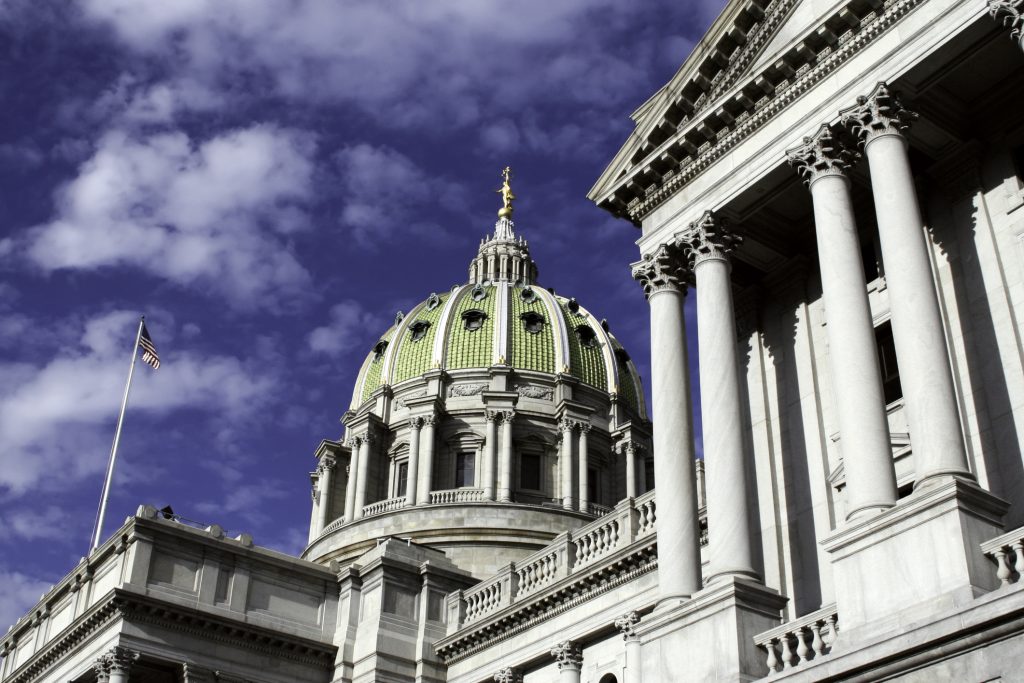Pennsylvania is struggling to attract more young workers while its retiring population grows
(The Center Square) – Pennsylvania’s population is aging, but not saving enough wealth, according to Treasurer Stacy Garrity.
If trends continue, Pennsylvania will face an $18 billion fiscal shortfall whose burden will fall on state services — and therefore taxpayers.
That fiscal shortfall of $17.8 billion comes from the treasury’s estimates. From 2020 to 2035, a lack of private savings would necessitate $14.6 billion in state spending and a $3.3 billion loss of tax revenues if current trends continue.
“Pennsylvania taxpayers are footing a bill of more than $1 billion per year to account for unprepared retirees,” Garrity said during a Wednesday press conference. “Pennsylvania’s budget is in good shape right now, but a big reason for that … is because we had the one-time federal dollars that we received in COVID relief.”
One problem the treasurer flagged was that many private-sector workers aren’t offered a retirement plan and are less likely to open one on their own.
“More than 2 million hardworking people don’t have access to retirement savings plans through their jobs,” Garrity said. “That’s 44% of our private-sector workforce – a huge number.”
If residents save more of their income, the state burden would drop. To that end, Garrity promoted Keystone Saves, a proposed program similar to 529 plans for college costs that would establish individual retirement plans funded through an employee’s payroll deduction. The idea was introduced as a bill in the last legislative session, but failed to advance.
“In the real world, we know that only one in 20 people will (open their own retirement account),” Garrity said. “People are 15 times more likely to save when they can do it through a payroll reduction.”
The idea isn’t original to Pennsylvania. A dozen states have approved similar programs, with half of those up and running.
A study from the Pew Charitable Trusts noted that programs in other states have seen participants saving $130-$170 per month on average. If Pennsylvania’s plan performs as well as other states, the fiscal shortfall would essentially get eliminated.
“Increased savings of roughly $160 per month, or nearly $2,000 per year over a 30 year period would generate sufficient additional income to address this average gap,” said John Scott, project director for retirement savings for Pew, who joined Garrity during the press conference.
Though many large companies offer retirement programs, small businesses are less likely to do so due to complexity or costs associated with it.
“The big thing is the market is not providing cost-effective solutions to small biz owners and, frankly, small business owners have a lot on their plates,” Scott said.
The treasurer isn’t the only one warning of fiscal troubles. Other organizations have warned of a fiscal cliff and Pennsylvania’s less-than-stellar budgetary practices, as The Center Square previously reported, and the Independent Fiscal Office cautioned that spending could outpace revenues, eliminating the current budget surplus.
As the state’s population struggles to attract more young workers while its retiring population grows, officials are warning lawmakers to adjust accordingly.
“Everybody knows Pennsylvania has an aging population, more so than a lot of other states. So this will hit us like a silver tsunami,” Garrity said.
Originally published by The Center Square. Republished with permission.
For more from Budget & Tax News.
For more public policy from The Heartland Institute.
